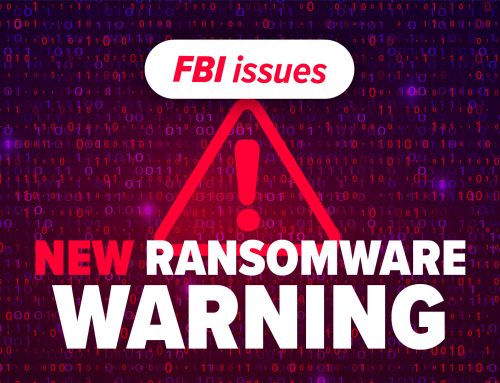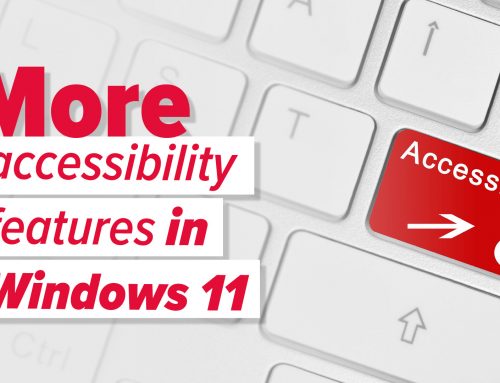Cybersecurity Budgeting for SMBs: Prioritize, Protect, and Plan Ahead
Running a small business without a security budget is like driving without insurance. You can get away with it—until you can’t. Here’s a practical, plain-English guide to building a right-sized cybersecurity budget when you’re starting from almost nothing.
TL;DR (What to Do First)
-
Deploy AV/EDR on every PC and laptop
-
Add a real business firewall with security services
-
Back up critical data (start with M365 + managed backups)
-
Use VoIP/eFax to cut costs and fund security
-
Plan lifecycle replacements (laptops 3–5 yrs, firewalls 4–6 yrs)
Start Here: If You Have Little (or No) Budget
1) Lock down endpoints (PCs & laptops).
Install AV/EDR across all machines. Most breaches start at the endpoint (phishing, drive-bys, bad downloads). Managed EDR gives you detection, alerting, and response—far beyond basic AV.
2) Add a real firewall (with subscriptions).
An entry-level business firewall plus security services (IPS, gateway AV, web filtering) blocks threats before they hit your devices. Budget for the annual license—not just the hardware.
3) Put backups in place now.
At minimum, move critical files into Microsoft 365 (OneDrive/SharePoint). Then add managed, immutable backups and test restores. (Sync ≠ backup.)
Smart Savings That Fund Security
Switch phones to VoIP.
VoIP from a focused provider often beats bundled ISP phone lines by 50–75% while adding features (softphones, better routing, analytics). Reinvest the savings in EDR, firewall services, and backups.
Ditch the physical fax.
Use eFax to send/receive securely via email. Fewer headaches, lower costs, and no more “I’ll grab it when I’m back at the office.”
Your Minimum Secure Stack (Small Office: 3–5 Users)
-
AV/EDR on all endpoints
-
Firewall + security services (annual subscription)
-
MFA on email/admin accounts
-
Microsoft 365 with retention policies
-
Managed backups (including offsite/immutable)
-
Patch management & monitoring
-
Documented lifecycle plan (laptops 3–5 yrs; firewalls 4–6 yrs)
A 12-Month, Phased Budget Plan
Months 1–2: Immediate Risk Reduction
-
Deploy AV/EDR everywhere
-
Enforce MFA on email/admin
-
Cut telephony costs (VoIP/eFax)
Months 3–4: Perimeter & Data Protection
-
Install business firewall + subscriptions
-
Move files to M365; enable retention
-
Add managed backups; test a restore
Months 5–12: Normalize & Forecast
-
Monthly patching/monitoring cadence
-
Asset inventory + lifecycle forecast
-
Quarterly security/budget reviews with your MSP
Lifecycle & Replacement Reality Check
-
Laptops: 3–5 years (they travel, get bumped, and wear out)
-
Firewalls/Switches: 4–6 years (performance and security updates)
-
OS End of Support: Plan ahead so you’re never stuck without patches
Build a small monthly reserve so replacements don’t wreck cash flow.
Common Mistakes to Avoid
-
“Defender alone is enough.” It’s not a full replacement for managed EDR.
-
“We’re all-cloud, so no firewall needed.” You still need filtering, IPS, and outbound controls.
-
“We’ll buy used to save money.” Might work—but lost warranty and shorter life can erase savings fast.
-
“Sync is backup.” It isn’t. You need versioning, immutability, and tested recovery.
FAQ
Q: We truly have no budget—what’s the single biggest win?
A: EDR + MFA. Cut costs with VoIP/eFax to fund the rest.
Q: Can we phase hardware?
A: Yes. Start with firewall + subscriptions, then schedule switch/Wi-Fi upgrades.
Q: CapEx or OpEx?
A: Many SMBs prefer predictable monthly bundles. Ask your MSP to structure it that way.
Closing
Small, smart moves compound: secure endpoints, a real firewall, reliable backups, and a plan for replacements. Do that, and you’ve already eliminated most day-to-day risk—without overspending.
If you want a right-sized, 12-month budget you can defend, Slick Cyber Systems can map it out with clear line items and phased upgrades.
Reply “Budget Plan” and we’ll send a one-page breakdown tailored to your team size and systems.




